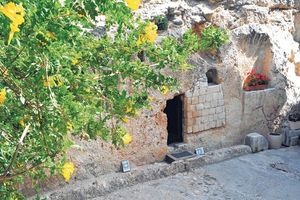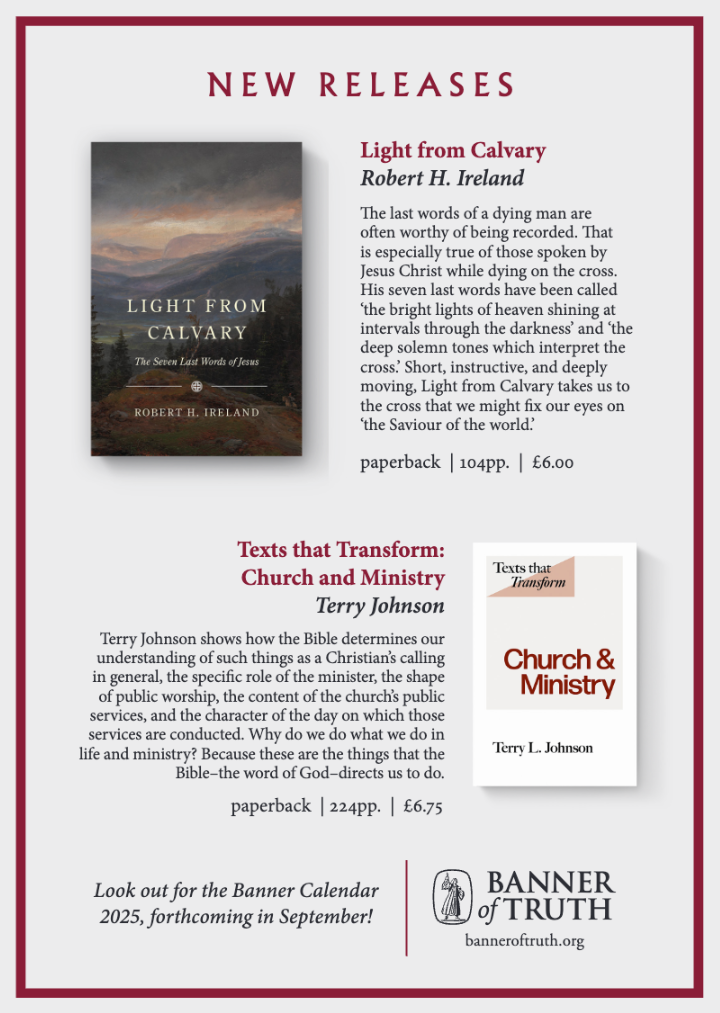As Christmas approaches, we look forward to a celebration of Christ’s birth. It’s a time of peace and joy. We often forget that this baby had a mission — to ‘save his people from their sins’ (Matthew 1:21).
This would require him to be betrayed, humiliated, tortured and finally killed in order to pay the price of sin. Yet ultimately there is a happy ending. Christ rose from the dead and walked out of the tomb.
We do not follow a dead hero, but a living Saviour. The resurrection distinguishes Christianity from all other religions. And so does the evidence for it.
As a criminal barrister, I prove my case through adducing evidence, thus establishing facts. In a court of law, the prosecution has to make 12 people sure that a defendant committed an offence, to which they were not witnesses.
It’s a process we all understand. I wasn’t at the battle of Waterloo, but I have no doubt that it happened! The resurrection is an event in history and the evidence for it can be tested as any other case in court. So imagine you are sitting in the jury box…
Intent
If a defendant is heard to make a threat to stab his victim the day before the victim is found with a knife stuck in his chest, that threat becomes important evidence of intent and purpose.
Similarly, throughout the Old Testament and in Christ’s own words, we have various prophecies that the Christ, the promised One, would die, be buried and rise again. Psalm 16:10 says, ‘Nor will you allow your holy one to see corruption’.
In Isaiah 53 we see much of the suffering and death of Christ predicted, specifically that he would die amongst criminals, but be buried in a rich man’s tomb. Christ was executed alongside two thieves, but buried in Joseph’s tomb.
It’s not possible that the disciples of Christ would have been able to engineer his death in such a way as to fulfil all of the many prophecies. Indeed, they were too terror-stricken to even think of it. Powerful evidence!
Eyewitnesses
There are two important questions to ask of any eyewitness’s evidence. Is it reliable: does this witness give an accurate and detailed account, consistent with other evidence in the case? And is it credible: does it have the ring of truth of someone who is not biased?
As we think of the resurrection, a number of witnesses pass these tests easily. We have witnesses of the risen Christ, who were at first hostile and sceptical of his claims, like the apostle Paul and James, the brother of Jesus. We have Peter, who denied and betrayed him. Meeting and acknowledging the risen Christ meant their whole world had to change.
There are people of all backgrounds: fishermen, tax collectors and significantly women. If this was all just an elaborate hoax dreamt up by the early Christians, they would never have relied on female witnesses to support their claims as their word was worth so much less than a man’s in that time.
Five hundred people saw the resurrected Jesus at one time. If each one were to give just ten minutes of evidence, that would be 80 hours of court time. It is rare to have so many witnesses.
The authorities of the day noticed the difference in the disciples. They’d been hiding away, completely demoralised. Yet, 50 days later, they were proclaiming the resurrection in the market square. The Sanhedrin noted ‘they had been with Jesus’.
More importantly, these men and many others gave their lives for the truth that Christ had risen from the dead. A witness who will die rather than recant must be credible.
Circumstances
This is the evidence of circumstances, from which we can draw commonsense conclusions or inferences. Like the fact that the body had been wrapped in linen cloths. In the tradition of the day, this would have included a form of embalming, which acted as a type of gummy cement.
Had anyone tried to remove the cloths, they would have peeled off chunks of flesh. If the body had been stolen, they would not have wasted time removing all the cloths.
The tomb itself was closed with a heavy stone and sealed officially. To remove the stone would be practically difficult and call down the wrath of the authorities.
In addition, to ‘discourage’ anyone from interfering with the body, a guard was posted. Every step was taken to prevent the theft of the body. Yet the stone was rolled away; the guards fell back as though dead; and the tomb was and is empty. This is the most compelling evidence. No one has ever been able to produce the body of the Lord Jesus!
The witnesses to the risen Christ did not keep silent. Within weeks of his death, they were proclaiming his resurrection. All the religious leaders had to do in order to put down the early Christians was to take people to the tomb. Their silence is audible to this day.
Summing up
In closing, I call on two experts to give evidence. If a fact or a matter is beyond the normal experience of ordinary people, an expert in that particular field may assist the court.
We can have confidence in the New Testament documents which provide the source of our evidence. Sir William Ramsey said of Luke the Gospel writer (who for many years he tried to refute), ‘[He] is a historian of the first rank’.
And E. M. Blaiklock, Professor of Classics at Auckland University, said, ‘The evidence for the life, death and resurrection of Christ is better authenticated than most of the facts of ancient history’.
The reality of Christ’s resurrection can be seen in the lives of millions of people today. In becoming Christians, they have met with the risen Christ. They know his power to change them from within, bringing forgiveness of sins and new life. I know, for I am one of them.







